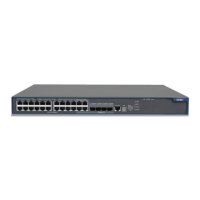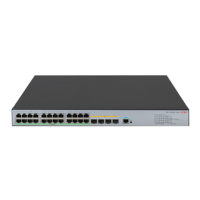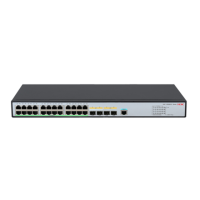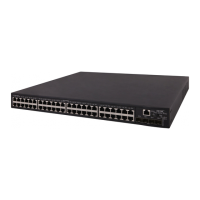6
• Distributed application—Enables point-to-multipoint applications at the price of minimum network
resources.
Multicast applications
The scenarios in which the multicast technique can be effectively applied are:
• Multimedia and streaming applications, such as web TV, web radio, and real time video/audio
conferencing
• Communication for training and cooperative operations, such as distance learning and
telemedicine
• Data warehouse and financial applications (stock quotes)
• Any other point-to-multipoint application for data distribution
Multicast models
Based on how the receivers treat the multicast sources, the multicast models include any-source multicast
(ASM), source-filtered multicast (SFM), and source-specific multicast (SSM).
ASM model
In the ASM model, any sender can send information to a multicast group as a multicast source, and
receivers can join a multicast group (identified by a group address) and obtain multicast information
addressed to that multicast group. In this model, receivers do not know the positions of the multicast
sources in advance. However, they can join or leave the multicast group at any time.
SFM model
The SFM model is derived from the ASM model. To a sender, the two models appear to have the same
multicast membership architecture.
The SFM model functionally extends the ASM model. The upper-layer software checks the source address
of received multicast packets and permits or denies multicast traffic from specific sources. Therefore,
receivers can receive the multicast data from only part of the multicast sources. To a receiver, multicast
sources are not all valid; they are filtered.
SSM model
Users might be interested in the multicast data from only certain multicast sources. The SSM model
provides a transmission service that enables users to specify the multicast sources that they are interested
in at the client side.
The main difference between the SSM model and the ASM model is that in the SSM model, receivers
have already determined the locations of the multicast sources by some other means. In addition, the
SSM model uses a multicast address range that is different from that of the ASM/SFM model, and
dedicated multicast forwarding paths are established between receivers and the specified multicast
sources.

